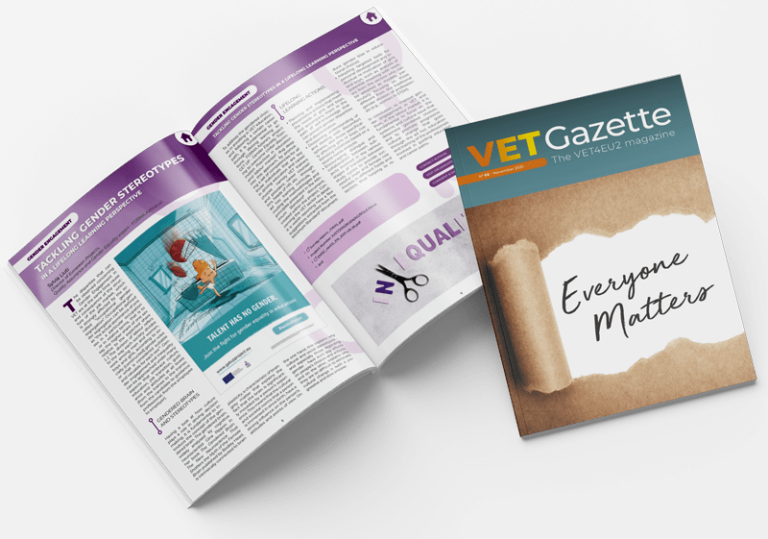Professional Higher Education (PHE) institutions excel in their close partnership with the world of work, being a pillar of research, innovation, and development for their local communities and region. Most PHE curricula consist of at least 60 % of laboratory and/or workshop-based learning and work-based learning (WBL) both representing the major assets of our institutions. So, it is no wonder that Covid-19 measures affected the PHE teaching to a large extent.
During the first pandemic wave (spring 2020) over 90 % of the theory-based learning was (more or less successfully) provided online. However, the provision of WBL, laboratory and/or workshop-based learning was less than 10 % Europewide. By summer (when the pandemic had somewhat abated) PHE institutions somehow managed to organize the laboratory and WBL parts of the curriculum until the end of the study year. Students were enthusiastic to go back to their studies and discovered that in person lectures are beneficial and very much appreciated. We were relieved to have coped with such an unprecedented crisis so triumphantly and were very much looking forward to a well-deserved summer break and a normal new study year as everything was back to normal.
A new study year – a new chapter, and what a chapter. For those countries beginning the study year in September began full of hope and students were passionate in taking part in lectures. However, for the countries beginning their study year in October the odds were not so good anymore. Some even started their new study year online, reintroducing distance learning, wrestling with the reorganization of curricula, with no solutions for WBL, laboratory and/or workshop-based learning other than postponing and keeping our fingers crossed for the virus to disappear – the sooner the better. Obviously, our prayers did not materialize and at the end of the first semester the prospects for the second semester do not seem any brighter either. The pessimists already envision this generation of students being doomed, and the consequences of distance learning and poor or no WBL provision resulting in a high unemployable rate of this generation of graduates as no employer would be willing to engage them.
Many industries struggle with staff shortages
Nonetheless, many industries struggle with staff shortages due multiple staff being on sick leave, in quarantine, or staying at home with their young children due to kindergarten and school lockdown. But some institutions have to firstly persuade authorities to open the opportunity for WBL, laboratory and/or workshop-based learning to take place safely and in line with all the health measures. The traditional working environment has changed radically – most work is being done from home, worktime is more flexible, self-discipline and time management are vital, teamwork is being organised online, customers are approached online, supply and offer moved mostly online, delivery is mostly done door-to-door, etc.
On the other hand, the most impacted industries by the pandemic (tourism, hospitality, wellness etc.) have come to a complete standstill. This is the opportunity for our institutions and students to engage affected employers in a common discussion to explore innovative solutions and approaches and solutions for the revival of their businesses within the measures that have been imposed.
Problem-solving hubs result in innovative business-saving solutions for companies
Such problem-solving hubs result in innovative business-saving solutions for companies fundamentally based on their services offered in direct communication with the customer. For students this is the best possible WBL as their role transforms from a learner to a co-creator of their own work-based experience.

So, what are the lessons learnt? This is the time for our institutions to exercise their flexibility and openness to new approaches, analyse and include those into curricula. Most novelties are here to stay even beyond the pandemic. Instead of being just a passive observer our institutions have the unprecedented opportunity to contribute to development of our local communities and regions integrating also the green and digital transformation. Herewith, let us create together a new, better, and greener normal.









Responses